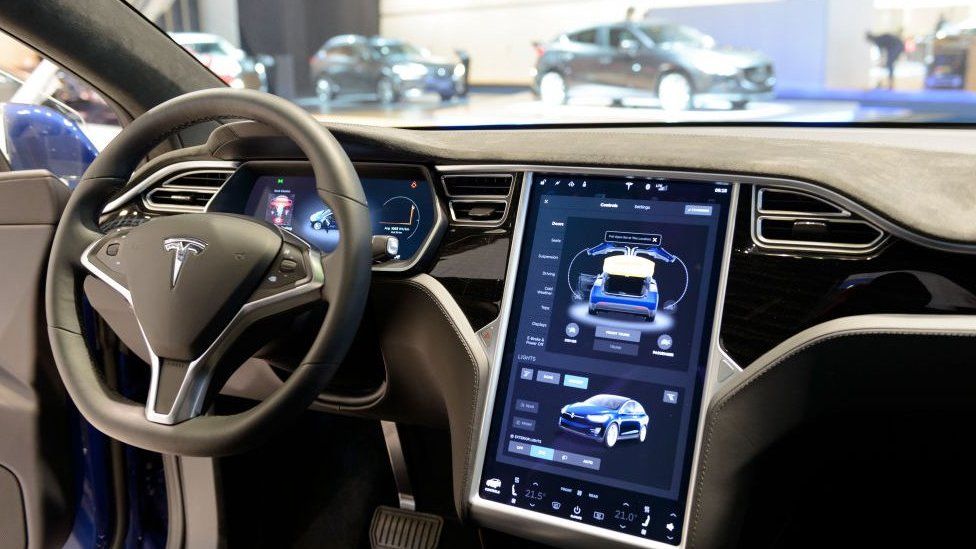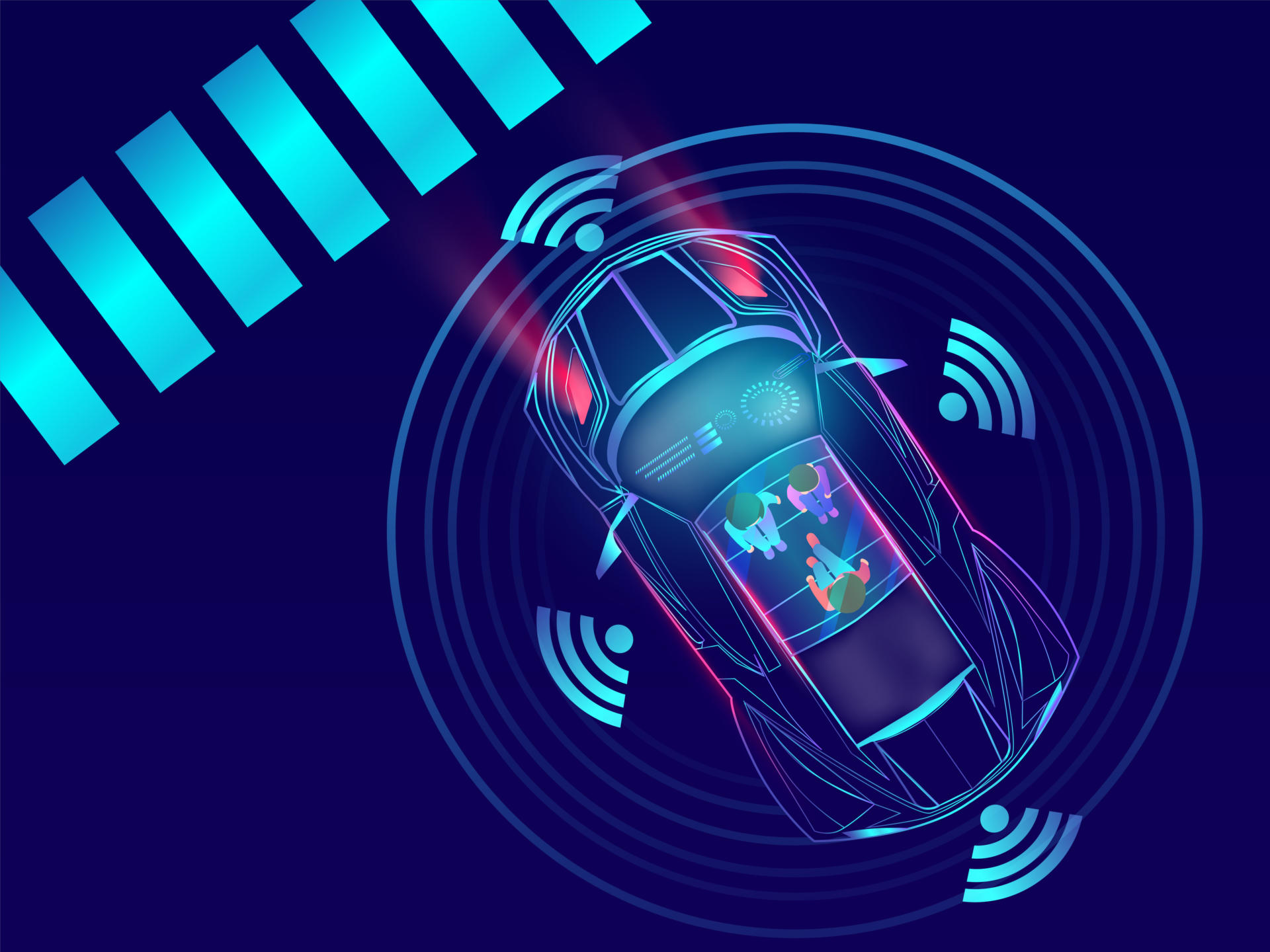An autonomous car is a vehicle capable of sensing its environment and operating without human involvement. A human passenger is not required to take control of the vehicle at any time, nor is a human passenger required to be present in the vehicle at all. An autonomous car can go anywhere a traditional car goes and do everything that an experienced human driver does.
Autonomous cars rely on sensors, actuators, complex algorithms, machine learning systems, and powerful processors to execute software.
Autonomous cars create and maintain a map of their surroundings based on a variety of sensors situated in different parts of the vehicle. Radar sensors monitor the position of nearby vehicles. Video cameras detect traffic lights, read road signs, track other vehicles, and look for pedestrians. Lidar (light detection and ranging) sensors bounce pulses of light off the car’s surroundings to measure distances, detect road edges, and identify lane markings. Ultrasonic sensors in the wheels detect curbs and other vehicles when parking.
Sophisticated software then processes all this sensory input, plots a path, and sends instructions to the car’s actuators, which control acceleration, braking, and steering. Hard-coded rules, obstacle avoidance algorithms, predictive modeling, and object recognition help the software follow traffic rules and navigate obstacles.
- Reduce traffic congestion (30% fewer vehicles on the road)
- Cut transportation costs by 40% (in terms of vehicles, fuel, and infrastructure)
- Improve walkability and livability
- Free up parking lots for other uses (schools, parks, community centers)
- Reduce urban CO2 emissions by 80% world-wide
Lidar is expensive and is still trying to strike the right balance between range and resolution. If multiple autonomous cars were to drive on the same road, would their lidar signals interfere with one another? And if multiple radio frequencies are available, will the frequency range be enough to support mass production of autonomous cars?
What happens when an autonomous car drives in heavy precipitation? If there’s a layer of snow on the road, lane dividers disappear. How will the cameras and sensors track lane markings if the markings are obscured by water, oil, ice, or debris?
Will autonomous cars have trouble in tunnels or on bridges? How will they do in bumper-to-bumper traffic? Will autonomous cars be relegated to a specific lane? Will they be granted carpool lane access? And what about the fleet of legacy cars still sharing the roadways for the next 20 or 30 years?
The regulatory process in the U.S. has recently shifted from federal guidance to state-by-state mandates for autonomous cars. Some states have even proposed a per-mile tax on autonomous vehicles to prevent the rise of “zombie cars” driving around without passengers. Lawmakers or government authorities have also written bills proposing that all autonomous cars must be zero-emission vehicles and have a panic button installed. But are the laws going to be different from state to state? Will you be able to cross state lines with an autonomous car?
Who is liable for accidents caused by an autonomous car? The manufacturer? The human passenger? The latest blueprints suggest that a fully autonomous Level 5 car will not have a dashboard or a steering wheel, so a human passenger would not even have the option to take control of the vehicle in an emergency.
Human drivers rely on subtle cues and non-verbal communication—like making eye contact with pedestrians or reading the facial expressions and body language of other drivers—to make split-second judgment calls and predict behaviors. Will autonomous cars be able to replicate this connection? Will they have the same life-saving instincts as human drivers?

